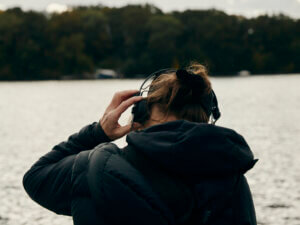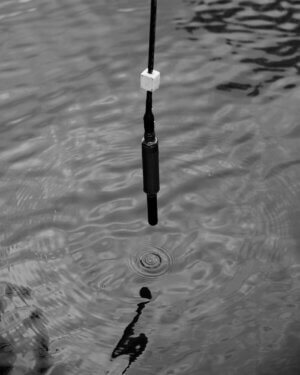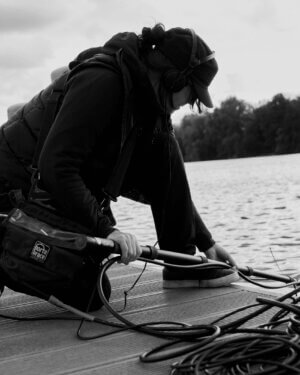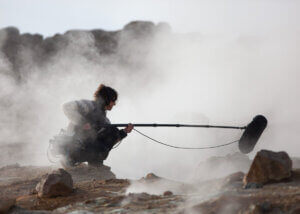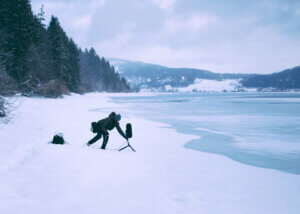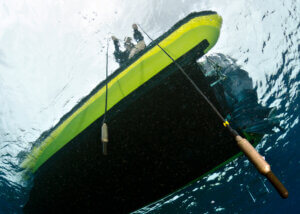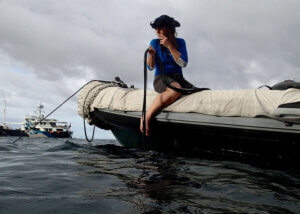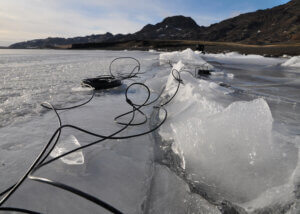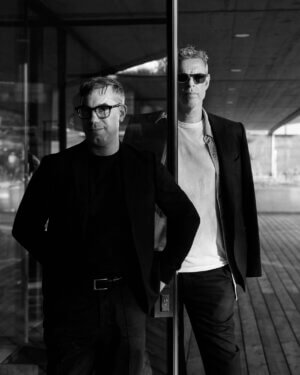As Winderen’s recordings beautifully capture, there is a mesmerizing world of clicks, chirps, and whistles underwater that reveal the intricate communication systems of marine life. Anthrophonic noise disturbs the signals. For example, one study by Simpson et al. shows how shipping noise makes it more difficult for fish to avoid predators, analyzing the strike–success rate and metabolic rates of predator and prey fish in different acoustic environments.
“Just to get a little bit of something like oil, we ruin massive, massive areas of the ocean,” laments Winderen. To combat this unseen challenge, her scientist collaborators have laid out wonky solutions like integrating anthropogenic noise into environmental impact assessments. Winderen, however, performs quiet activism though her art. Forged from hundreds of recordings taken across two decades, her music educates audiences by revealing cacophonous worlds they never knew existed.
Though she has great respect for the science behind acoustic ecology, Winderen finds value in listening beyond the data. “Are you actually interpreting what you hear and not just looking at the spectrogram?” she asks rhetorically. It’s a type of listening that she says is often practiced by traditional communities. Much as the fisherman in Norway had “embodied knowledge” about the aquatic life of their fjord after a lifetime trawling its surface, indigenous people around the globe often know the subtle ecological flows of their local waterways better than some visiting scientist.
One such striking example is a fish listening practice called Dulam practiced in the Gulf of Thailand and South China Sea. Masters of the ancient, now-endangered skill drift underwater, arms outstretched, feeling for slight vibrations and the sounds of fish movement. When they locate a school, they signal to net-bearing compatriots who swoop in for the catch. As a part of her slow research practice, in which she embeds within the human and non-human substance of a place, Winderen tried out Dulam. “I was working on a piece for the Thailand Biennale, and I came across this fisherman who was an activist against this local coal mining project,” she said. “We met on Skype, and then he invited me to visit because we realized we are both listening to fish! He said, ‘Come along, we can compare techniques’”.
